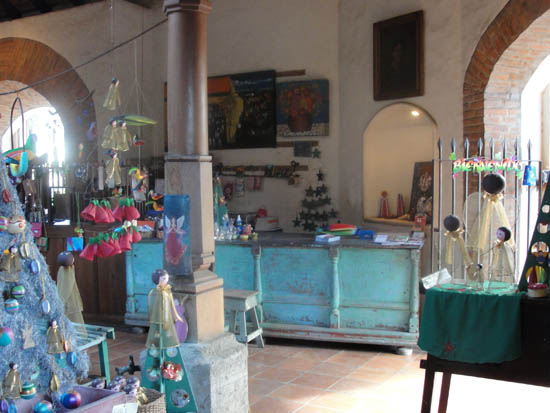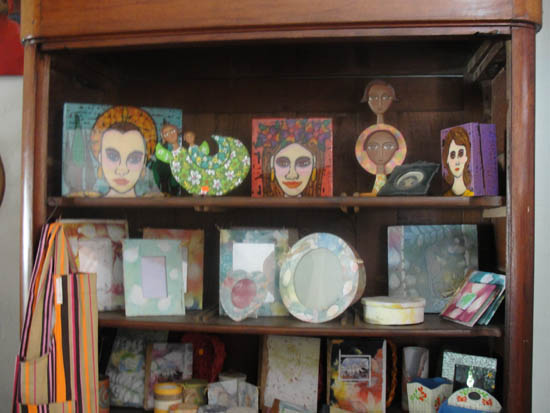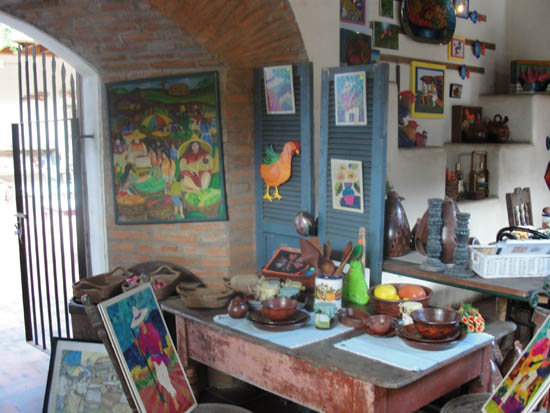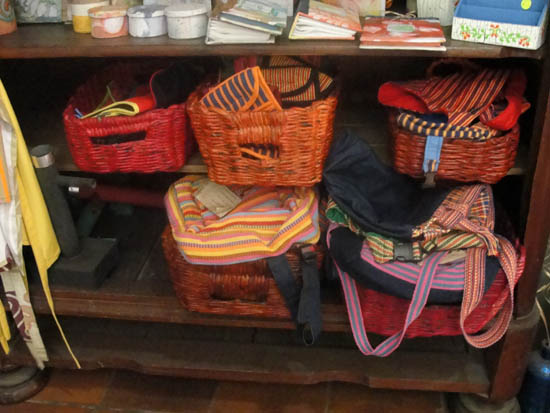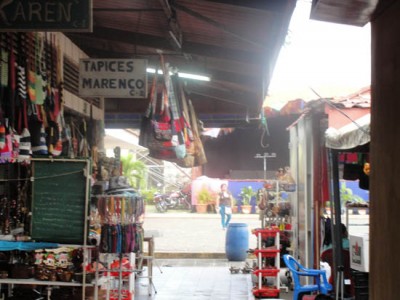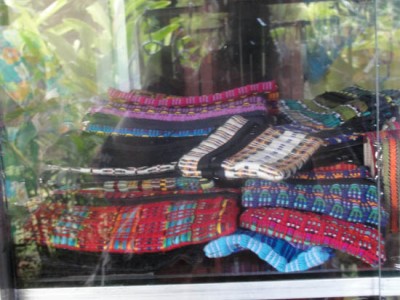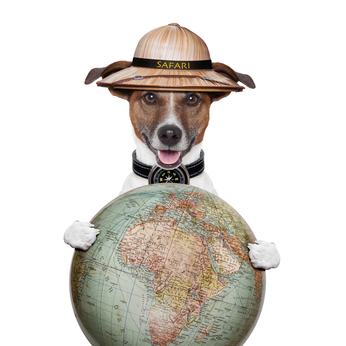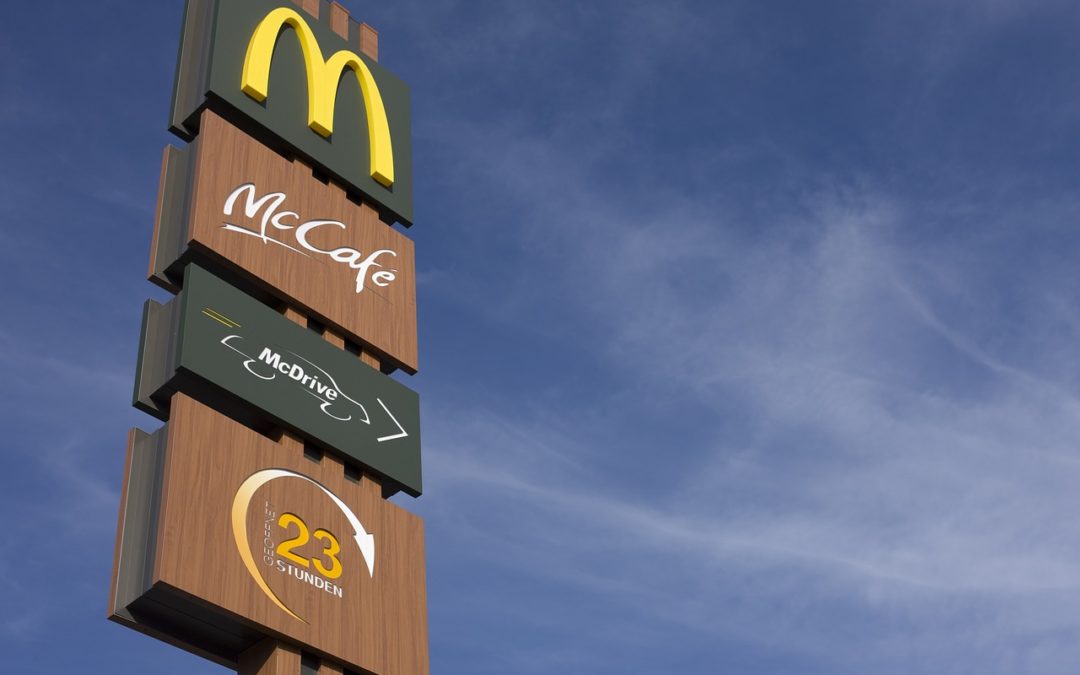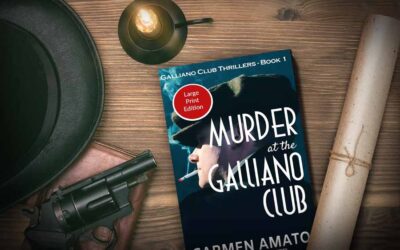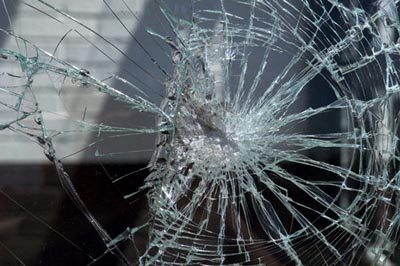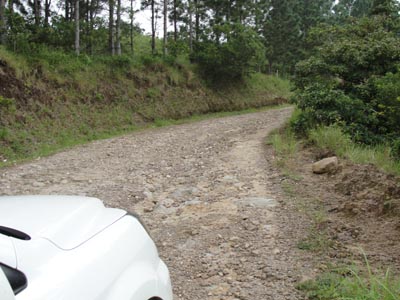THE BONE RECORDS by Rich Zahradnik is a wonderfully edgy “everyman” thriller but don’t expect a...
Friday Fiesta: The Real Big Bird, Famous Birthdays, and Beer for Fido
Coming 30 January! CLIFF DIVER: An Emilia Cruz Novel As a fiction and mystery author I love to weave unique cultural gems into the plot. Most of the time I draw on my own world travels and experiences living in Mexico and Central America.
As a fiction and mystery author I love to weave unique cultural gems into the plot. Most of the time I draw on my own world travels and experiences living in Mexico and Central America.
In these Friday Fiesta posts I highlight cultural stories worth celebrating. The unique, the odd, the thought-provoking. Join the movement and share your own good news stories on Twitter with hashtag #FridayFiesta.
Red Robin
The 1to1media.com website carried this super story about the Red Robin restaurant chain’s official policy of random act of kindness. Red Robin’s signature “Ymmmmm” also means that management and wait staff are empowered to cut customers’ bills, offer on-the-spot specials for customer events and other actions that elicit customer testimonials. We’re not talking just a few comments a sidebar. There are so many comments on the Red Robin website that it is a whole section. Now go get a burger.
Sistine Chapel aged 500 and colder
About three years I was lucky enough to tour the Vatican. I walked through the Sistine Chapel with my head canted back in awe and the rest of me roasting in a herd of tour groups. This amazing space celebrated its 500th anniversary last October and several websites like the Cultural Travel Guide celebrated the occasion with a story or retrospective. But keeping this 500-year-old wonder in good shape is a herculean act of historic preservation: dust, dander and other “bodily debris” from the thousands of tourists who pass through every day dirty it up. The UK’s Guardian quoted the director of the Vatican museums, Antonio Paolucci as saying that the Vatican will install a special carpet and air handling systems to ensure that “visitors who traipse sweat, dust, skin flakes and hair into the 16th-century chapel will be ‘dusted, cleaned and chilled.’” Maybe next time I’ll bring a sweater. One that doesn’t shed, of course.
A Tubular Birthday
London’s subway system, the Tube, is 150 years old this year. Guardian reporter Stephen Moss celebrated with a 52-mile ride on the Central line, including the 6 miles used before 1994. His commentary is consummately British and clever (From Epping I go just one stop – to Theydon Bois. I’ve never been to Theydon Bois, but have always been captivated by the name, which suggests a Victorian actor-manager or a well-meaning but talentless amateur captain of the England cricket team c 1910) and the journey, as well as key moments in Tube history, comes to life in his words. He does mention the price of a go-anywhere ticket, which made me gulp, but it is a ride on a piece of history.
Beer in the Doghouse
According to paste.com, Boneyard Brewery in Bend, Oregon, has created an alcohol-free beer for dogs made of vegetable broth, water and spent grain from the brewery. Paste.com says the beer, which is sold in 16 ounce bottles, can be enjoyed by Fido as a treat by itself or mixed with dry food for the ultimate dinner. Let the party start!



